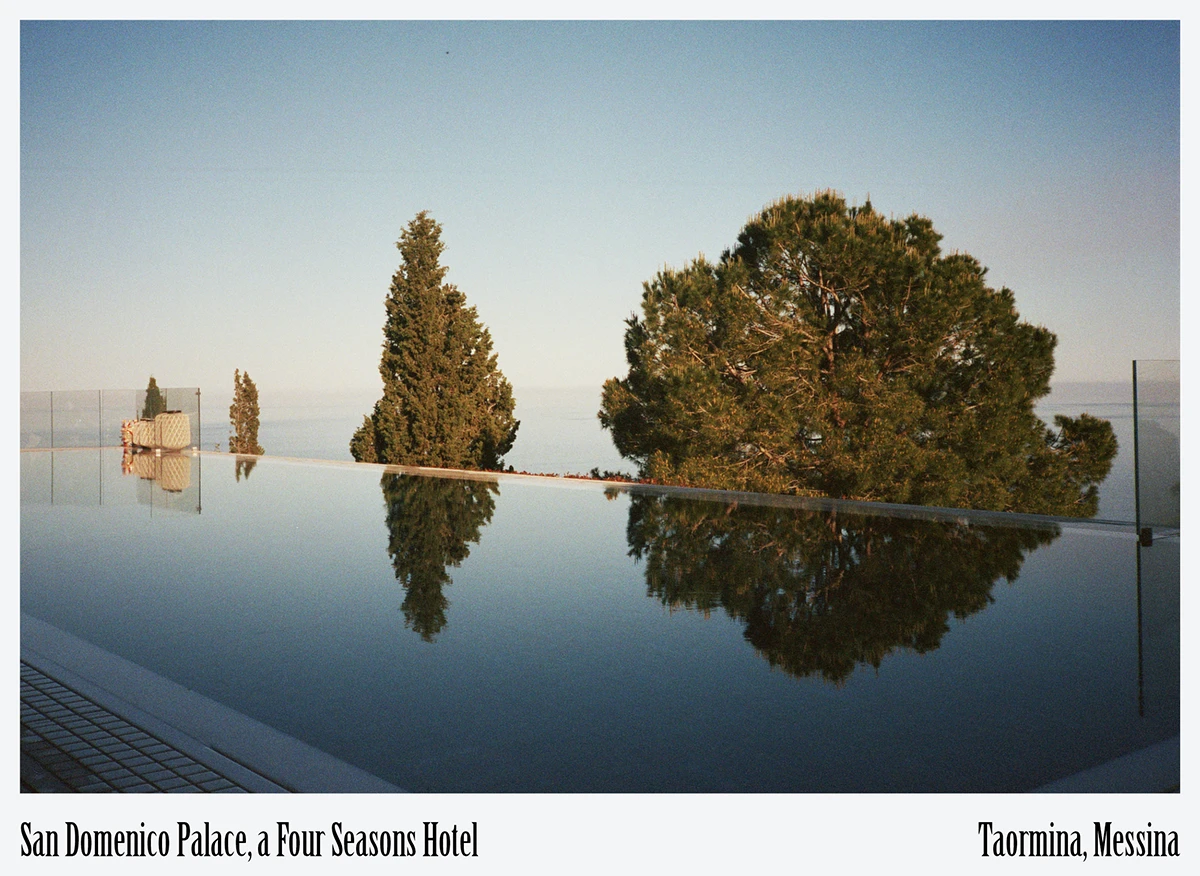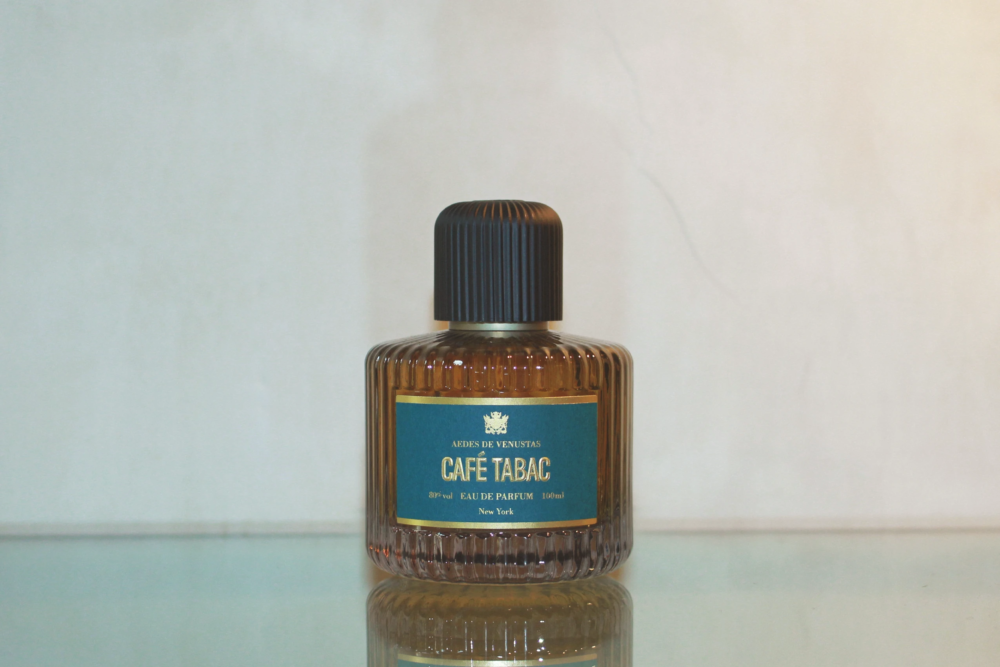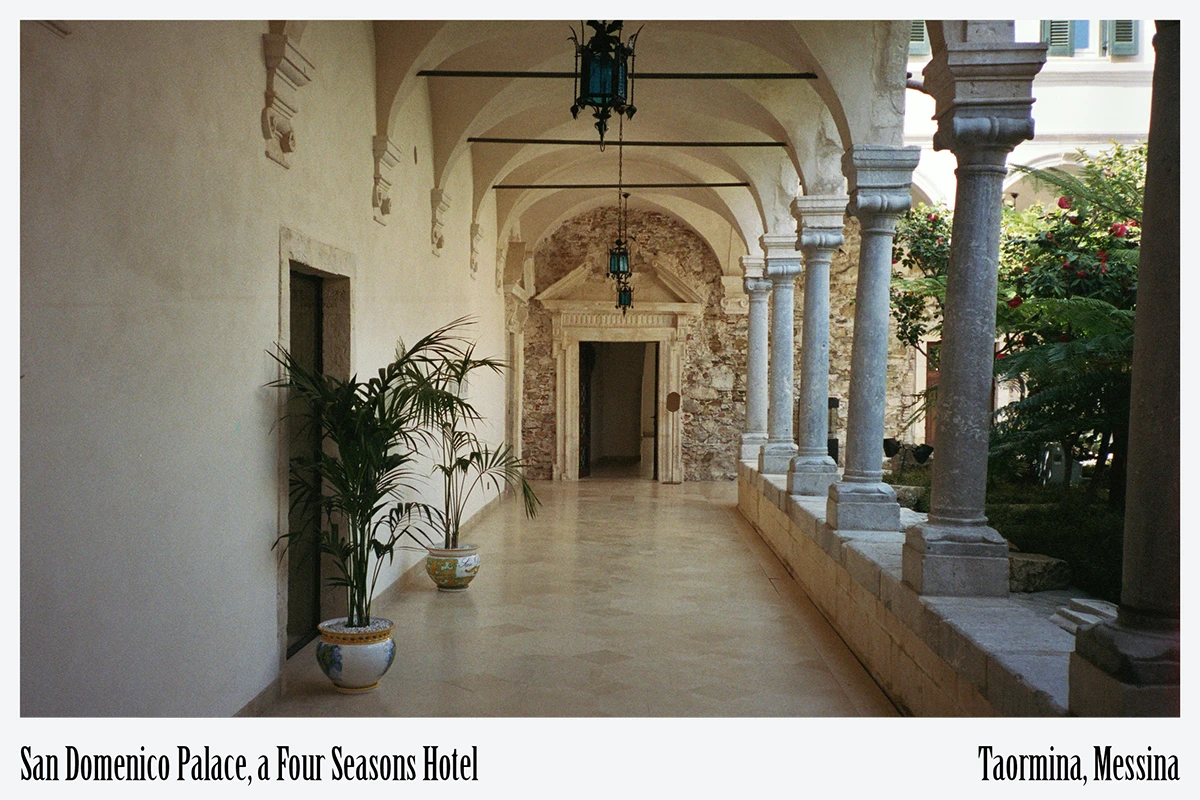
The Cloister and the Kitchen: Structuring Sustainability at San Domenico Palace, a Four Seasons Hotel
At the edge of the Ionian Sea, the San Domenico Palace, a Four Seasons Hotel combines ecclesiastical geometry, zero-waste kitchens, and a purpose-driven governance model
San Domenico Palace, a Four Seasons Hotel—a landscape of transition and intent
San Domenico Palace, a Four Seasons Hotel, located in Taormina, on Sicily’s eastern coastline, occupies a site historically marked by religious, aristocratic, and now hospitality-driven functions. Originally founded as a Dominican convent in 1374, the structure retained its monastic use for centuries before being transformed into a hotel following the suppression of religious orders in the Nineteenth century. In 1896, it opened to guests, marking the beginning of its life as a hospitality establishment. Its layout—cloisters, narrow corridors, and views over the Ionian Sea—continued to reflect its ecclesiastical origins.
The building includes architectural elements from multiple eras. The Sixteenth-century cloister remains intact, forming the core of the hotel’s spatial geometry. The hotel later expanded to include additional guest wings and communal areas, but did so without compromising the identity of the original structure. Over time, San Domenico Palace became integrated into Taormina’s cultural and touristic landscape.

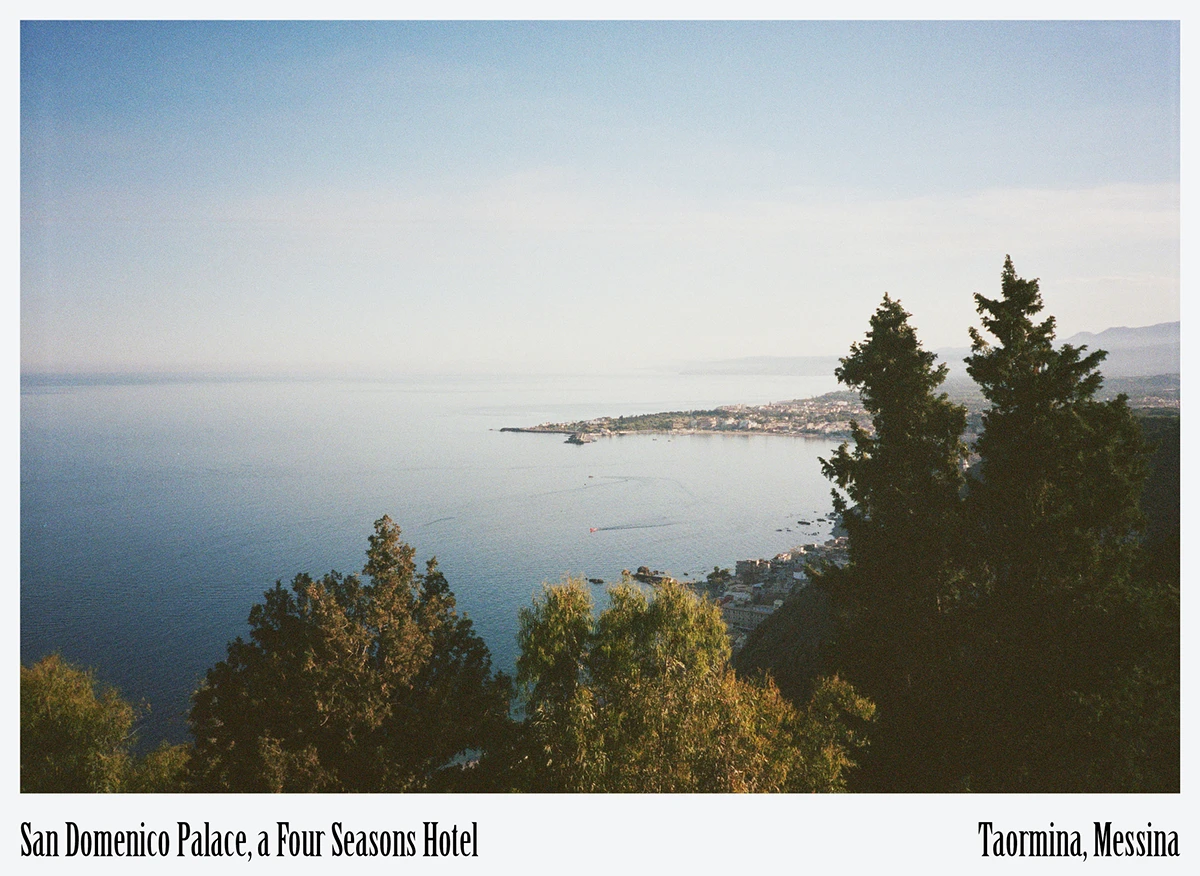
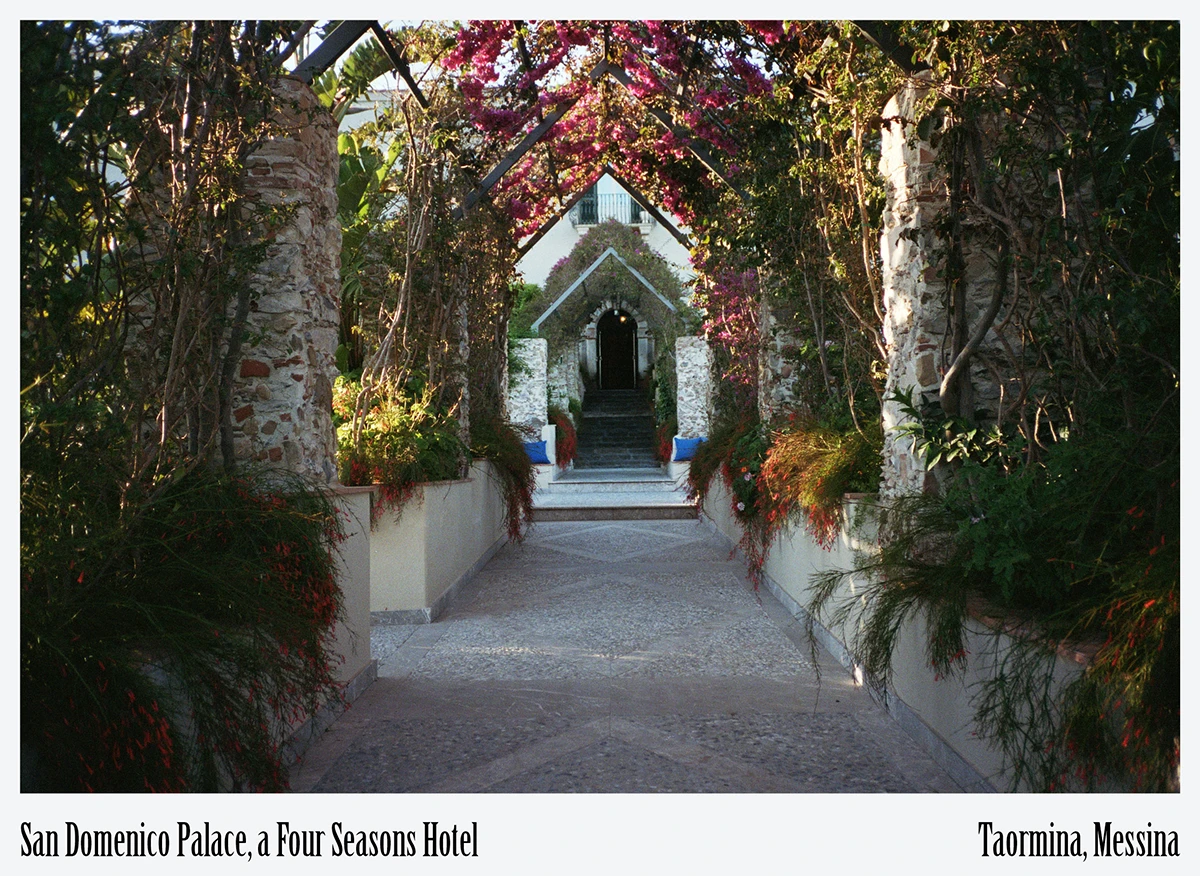
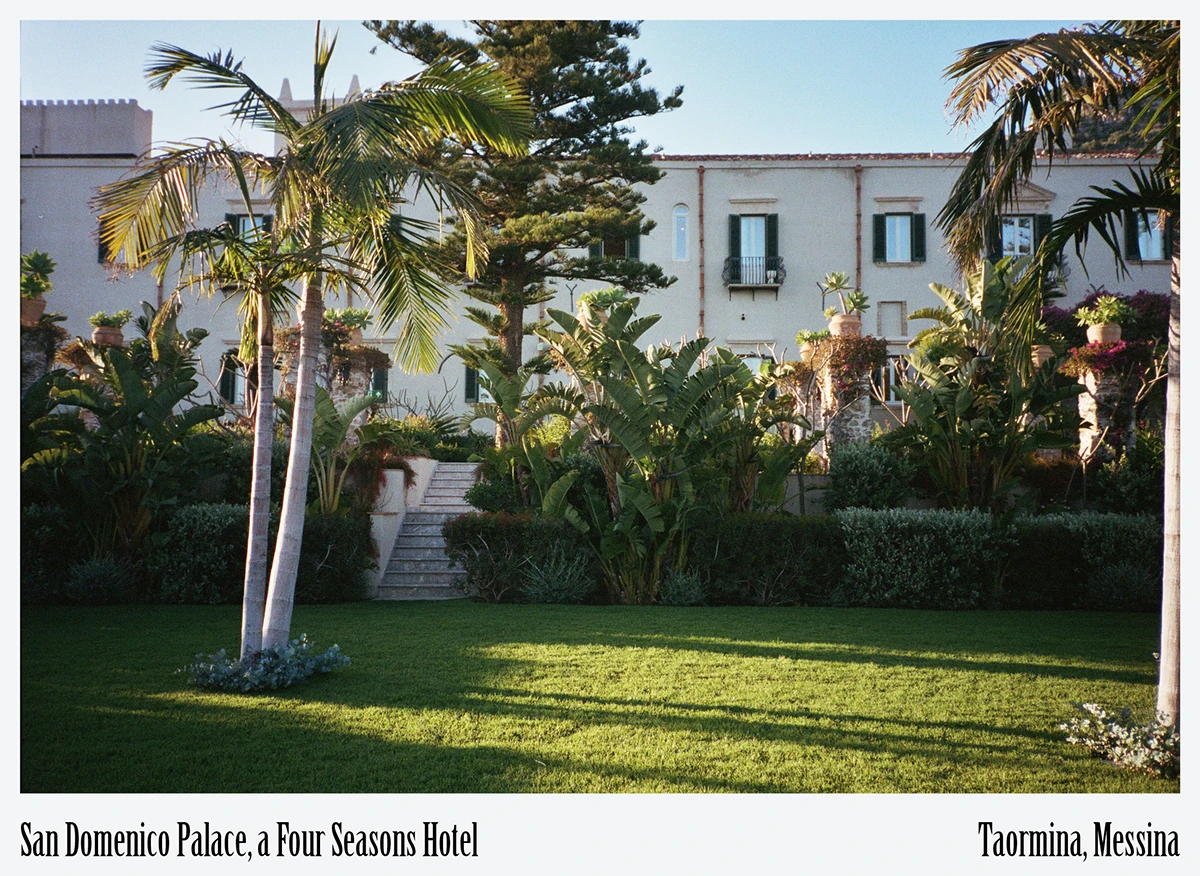
Restoration and reopening under Four Seasons
In 2015, the property was acquired by the Statuto Group. A full-scale restoration began in 2017, designed to prepare the hotel for reopening under the management of Four Seasons. The renovation involved the reconfiguration of the existing rooms, the rebuilding of shared areas, and a comprehensive upgrade of the technical and service infrastructure.
The project retained the existing architectural framework. Frescoes were restored and remain subject to continuous monitoring by specialized conservators. All hundred and eleven rooms and suites were redesigned from the ground up, balancing conservation with modern functionality. Restaurants, lounges, and service zones were reorganized for improved flow and operational clarity.
In 2021, the reopened as part of the Four Seasons chain. Its internal structure now integrates guest services, food operations, and garden management within a restored historical framework. No structural additions were made to the exterior, in compliance with regional heritage restrictions.

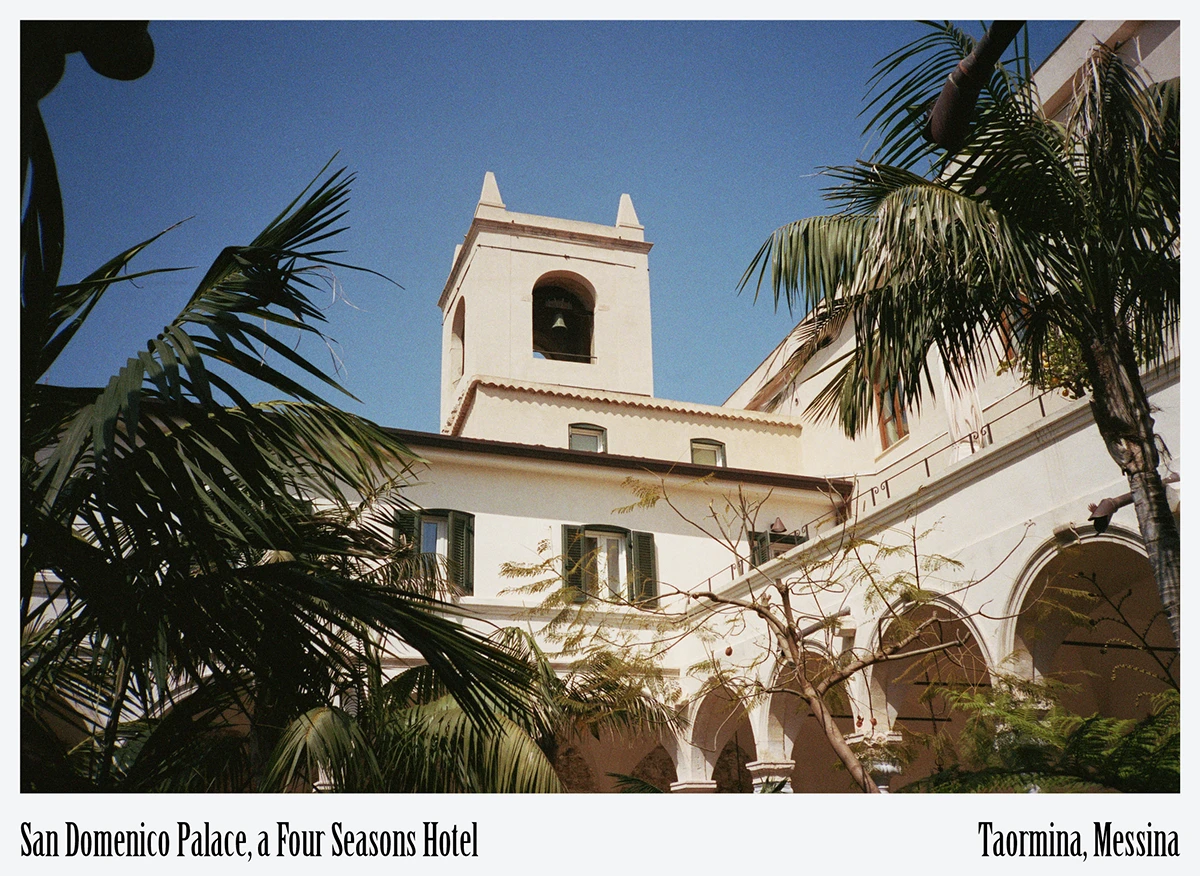
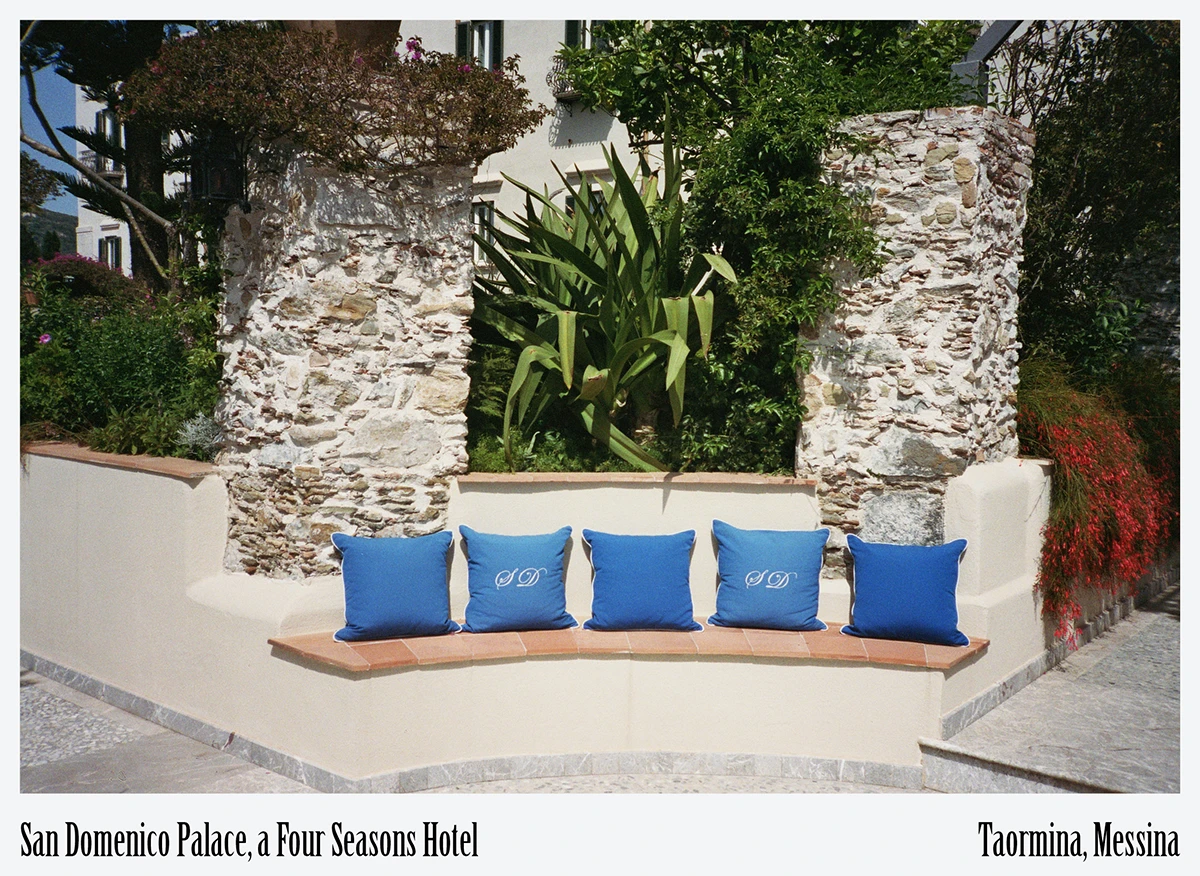
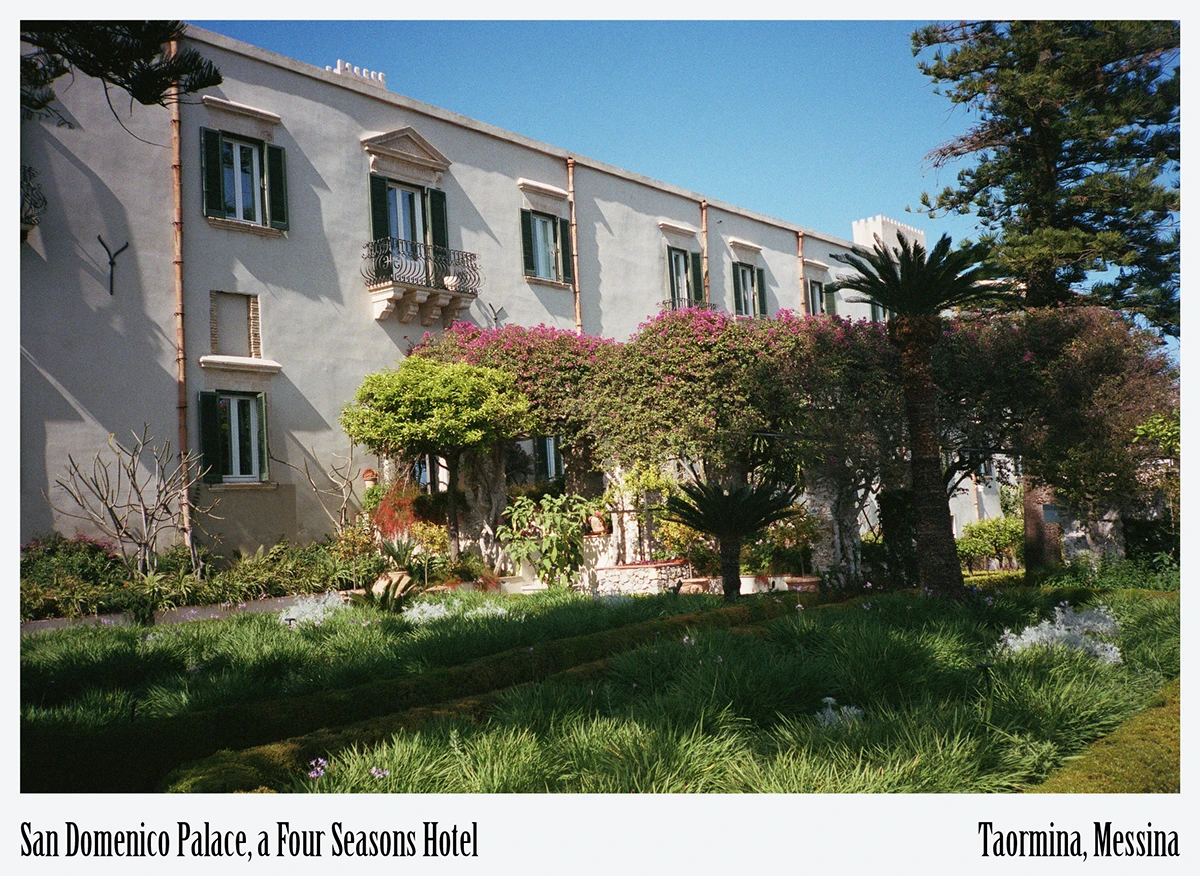
Raw materials and culinary structure
The food and beverage department includes approximately a hundred and thirty employees during high season. The culinary concept emphasizes the use of plant-based ingredients, which represent about the sixty percent of the overall offering. Meat and fish are included but play a supporting role. Menu composition is guided by considerations of seasonality, availability, and waste.
The kitchen sources local produce where possible. Avocados, grown in the Fiumefreddo area of eastern Sicily, are included only during the harvest season—from July through October. These are used in breakfast and light menu preparations. Other ingredients, such as fish, vary by availability. Local catch is prioritized, though certain species like branzino may be imported from the French coast due to consistency and quality.
The hotel maintains multiple suppliers for each ingredient category, both to meet Four Seasons policy and to ensure continuity of supply. Supplier selection is based on traceability and reliability. Each ingredient’s shelf life, preparation yield, and associated waste volume are monitored to inform future purchasing.

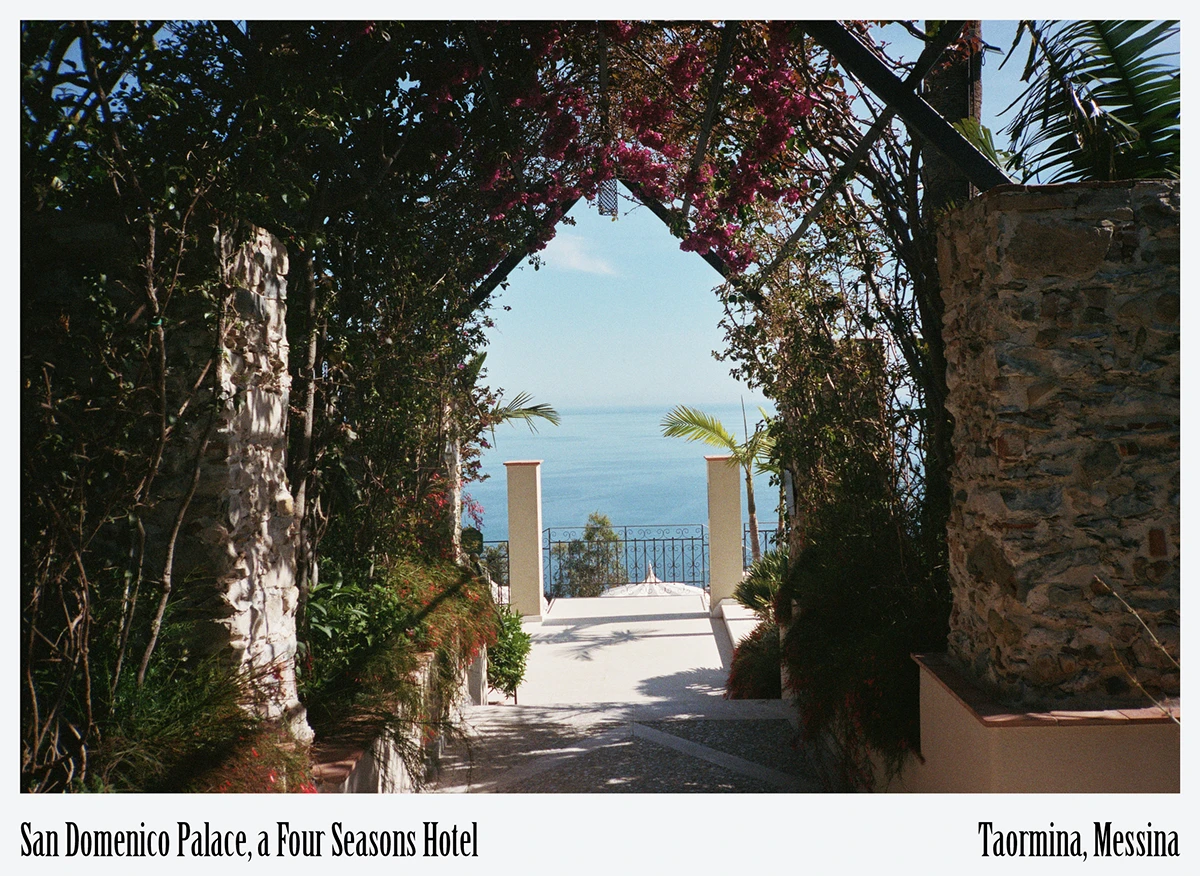
Digital waste monitoring and composting
Food waste is tracked digitally through a system installed in the kitchen. The machine photographs and weighs organic refuse, producing daily reports that quantify waste in both volume and cost. This allows chefs to detect recurring losses, adjust portion sizes, and modify dish components where necessary.
While the hotel initially considered building an on-site garden to reuse its organic waste in a closed-loop system, the project was not realized. Instead, San Domenico Palace partners with a composting company that collects vegetable waste for transformation into compostable material. The compost is not used directly on the hotel grounds but contributes to external agricultural cycles.
A major proportion of the waste collected comes from the trimming of vegetables and preparation of high-volume items. The kitchen logs these amounts and uses them to recalibrate menu construction. For instance, if excessive waste results from a single ingredient, the team may evaluate alternative sources or preparation methods.
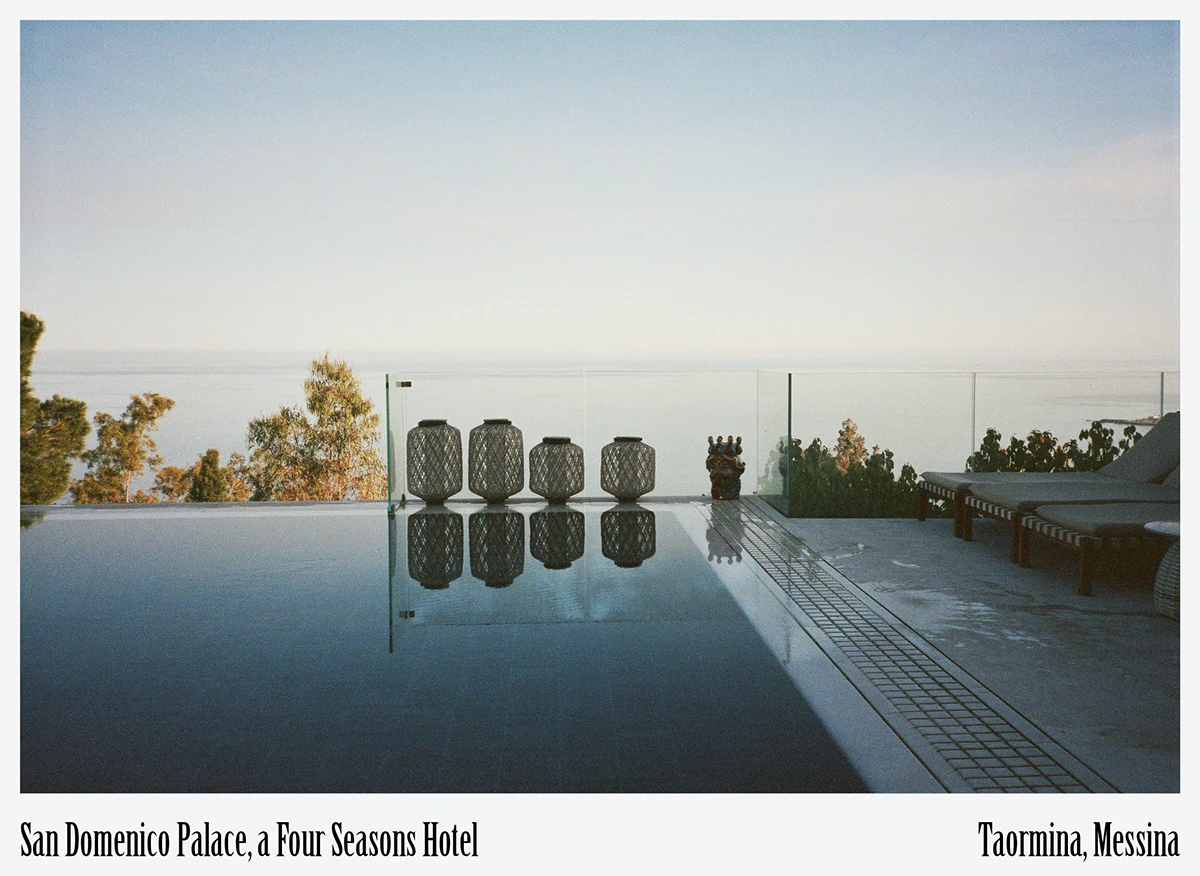
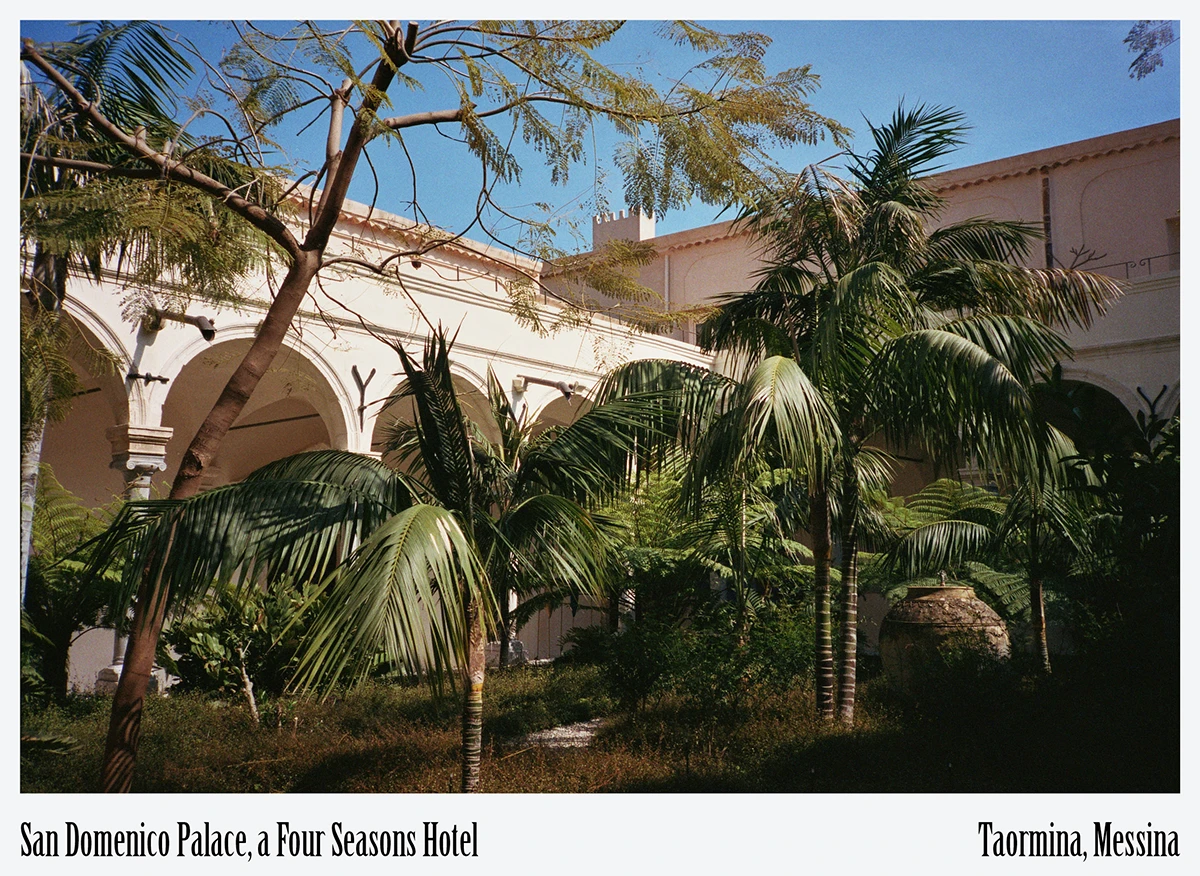

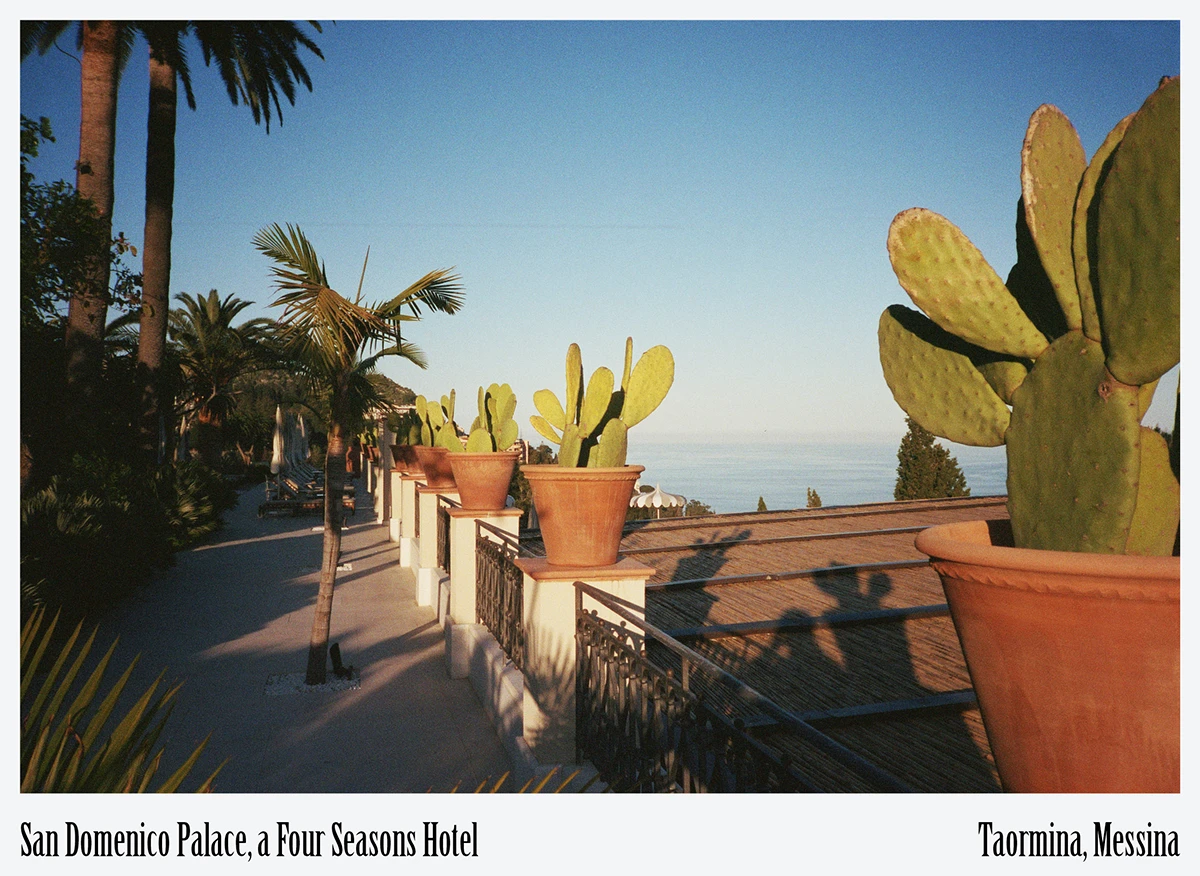
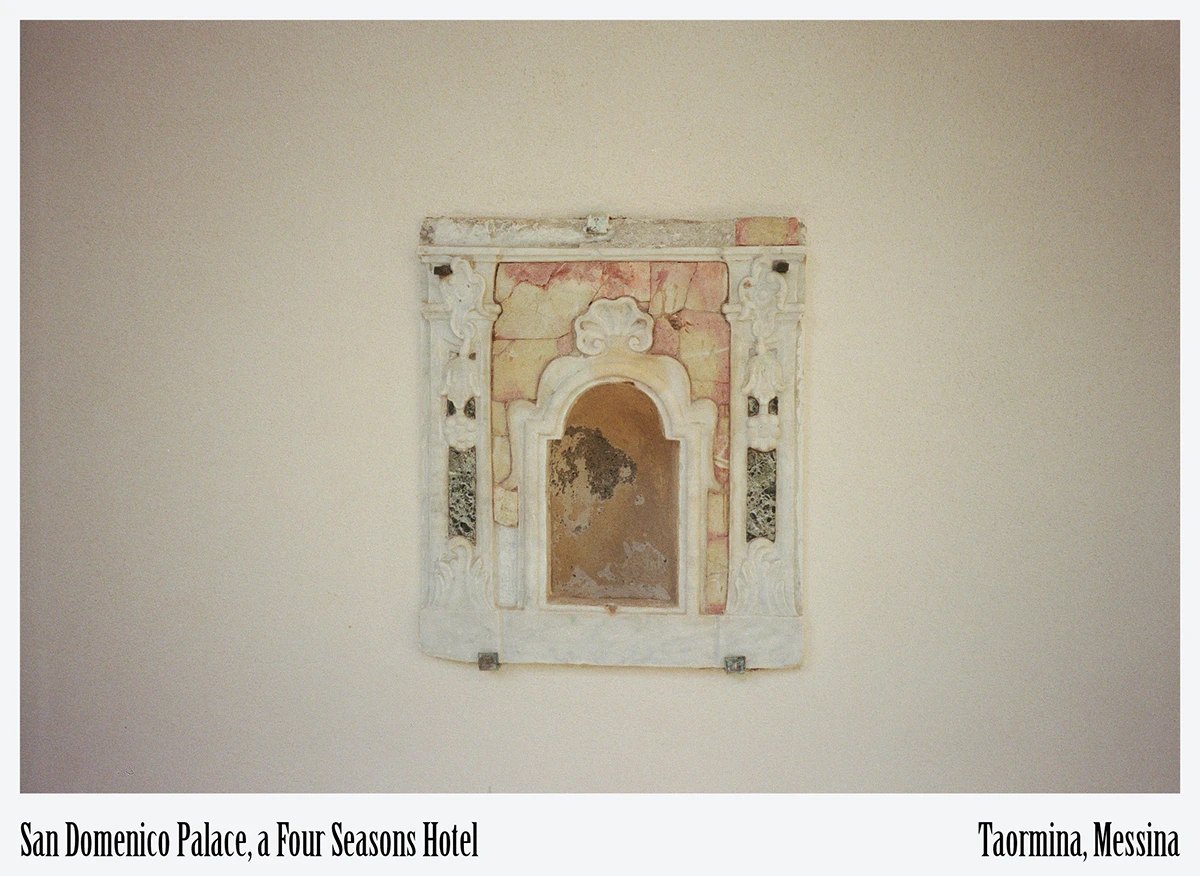
Human commitment and internal ESG systems
San Domenico Palace operates a formal Environmental, Social and Governance (ESG) system. A dedicated committee, composed of representatives from each department—including food and beverage, engineering, and housekeeping—meets every two weeks. Participants are required to present data, updates, and proposals based on previously defined objectives.
This structure ensures that sustainability measures are not isolated initiatives, but integrated into standard procedures. Kitchen waste management, irrigation systems, energy use, and procurement all fall under the ESG umbrella. The engineering team tracks water and electricity usage in coordination with room occupancy and event scheduling.
Staff training incorporates sustainability as part of the onboarding process. Even temporary staff during high season are briefed on current protocols. Between a hundred and two hundred and fifty employees work at the hotel depending on the season, with task distribution shifting accordingly.
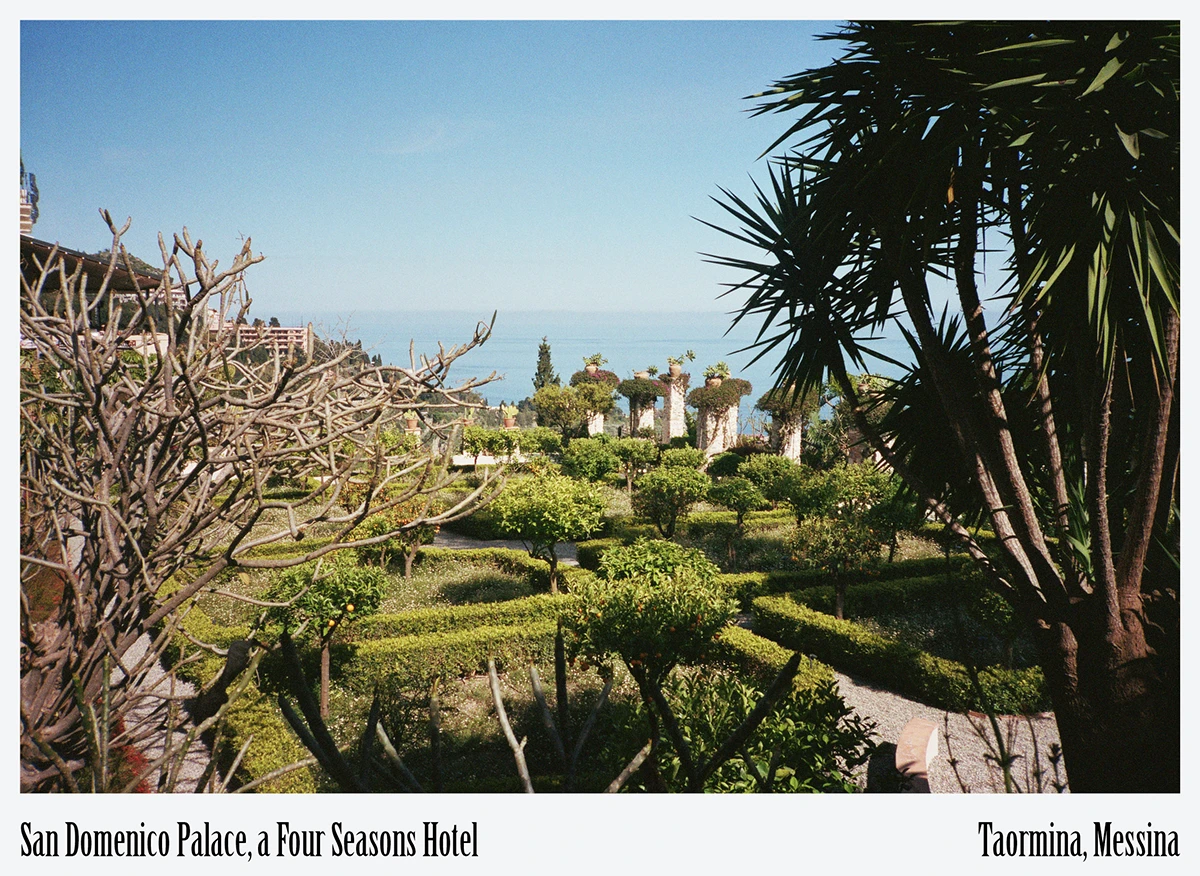
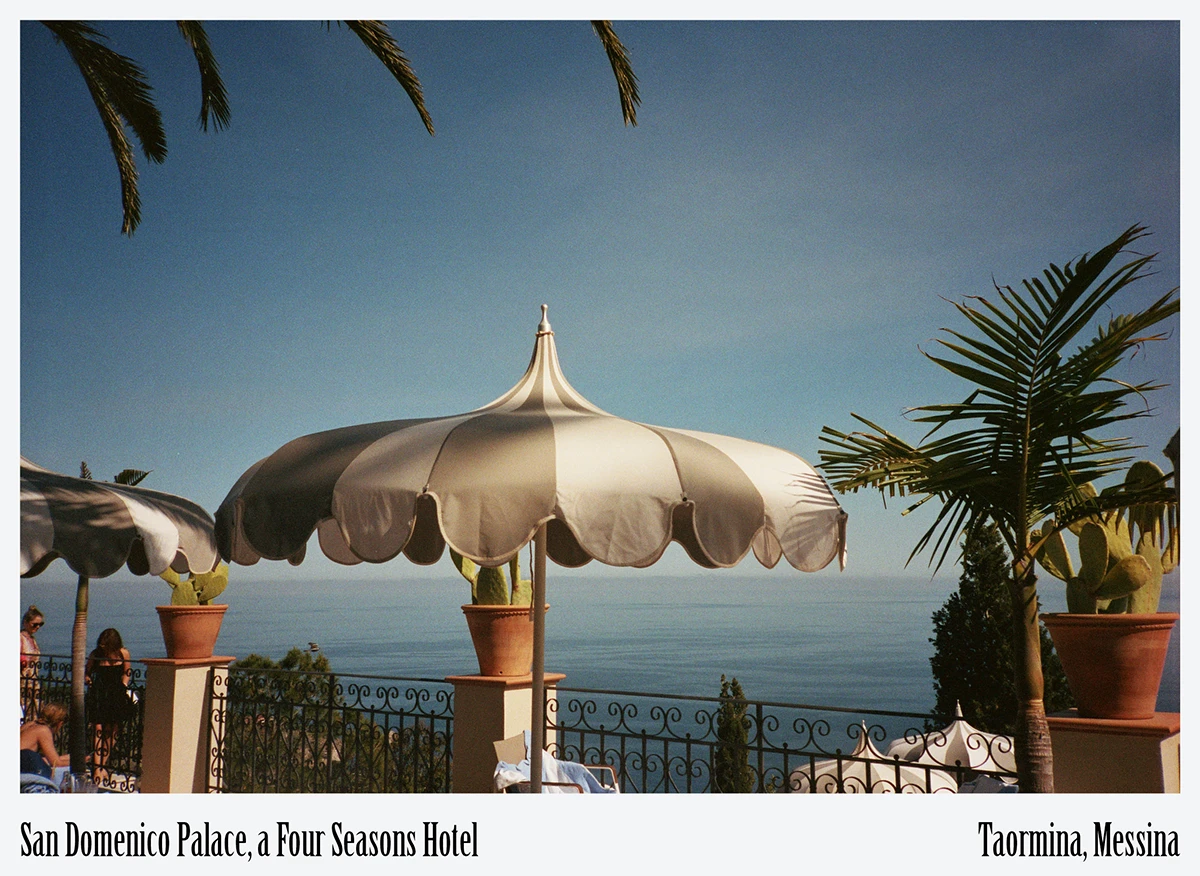
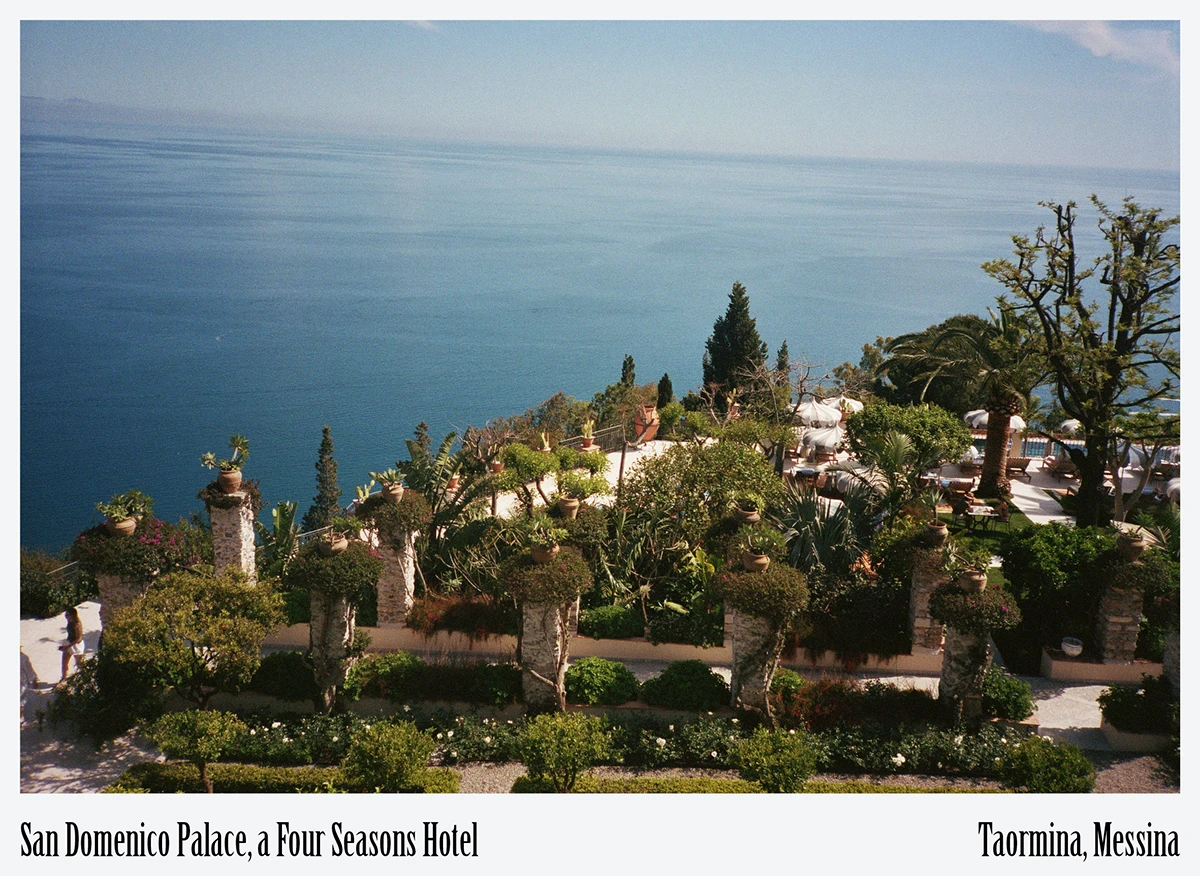
Sustainable hotellerie in a heritage context
As a pilot site for Four Seasons’ environmental policies, San Domenico Palace was among the first in the group to eliminate plastic toiletry bottles. Bathrooms now feature ceramic dispensers that are refilled and maintained by internal staff. These dispensers are part of a broader reduction of single-use materials.
The building’s heritage status imposes constraints. Solar panels and exterior infrastructural modifications are prohibited. As a result, the hotel’s energy strategy focuses on efficiency within existing systems—water metering, room-level energy tracking, and resource-aware scheduling.
The hotel’s laundry operation is split. Bed linens, tablecloths, and other high-volume items are processed by an external supplier located in eastern Sicily. Garments used by spa guests and certain hotel towels are handled internally. This division allows the hotel to maintain oversight of hygiene and material quality while optimizing energy use.
Textile sourcing is under review. Fire regulations require materials that may contain synthetic components. However, the hotel has initiated trials with natural fibers, including hemp blends. These are used in limited applications and are evaluated for performance and compliance.
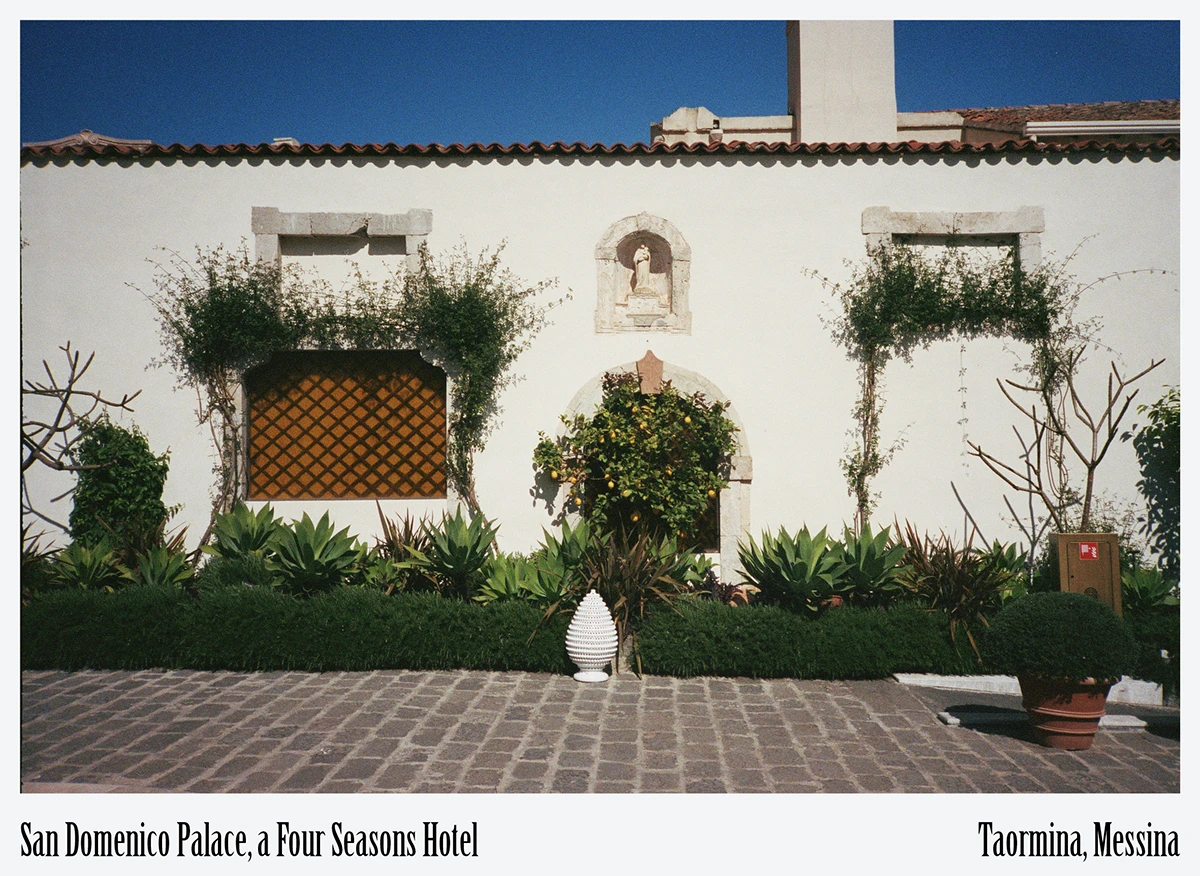
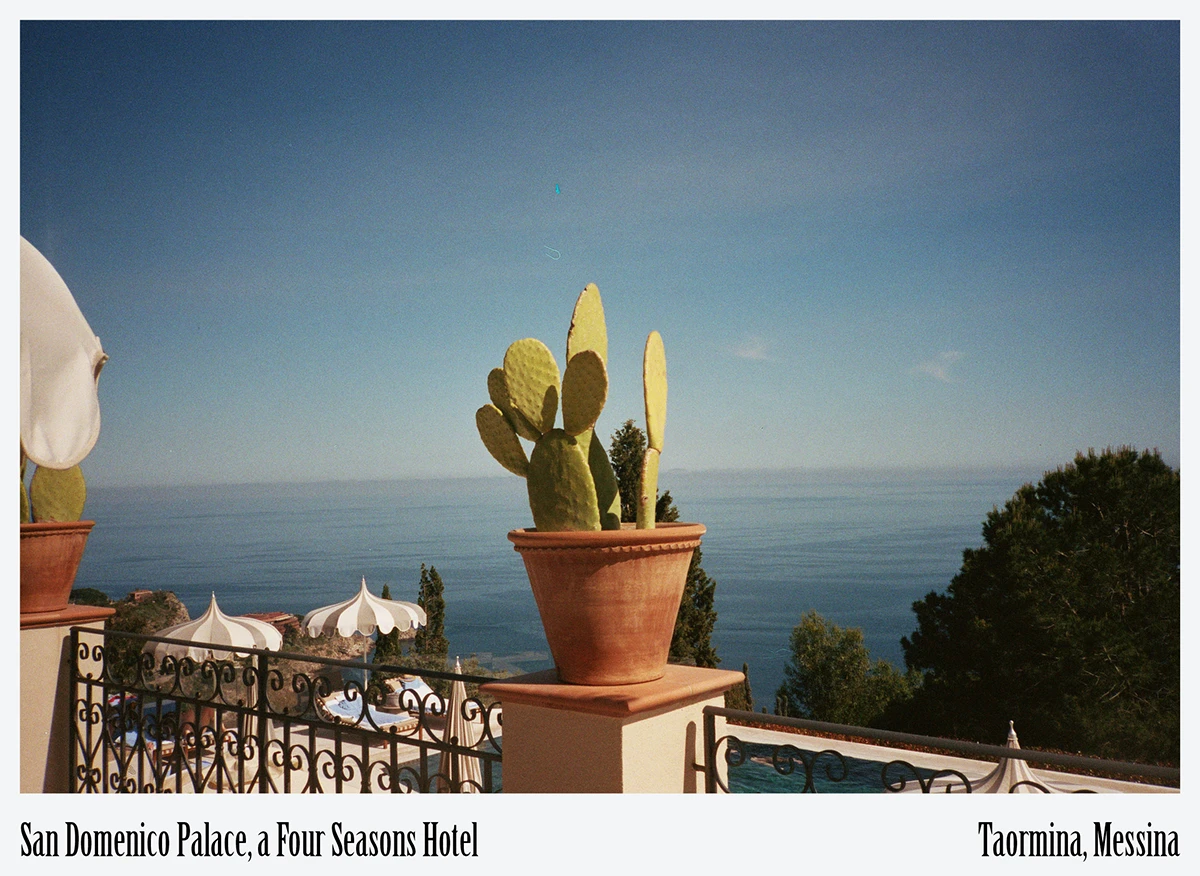
The purpose economy and measurable processes
Each operational unit within the hotel is responsible for its own sustainability benchmarks. For example, housekeeping tracks chemical usage per room cleaned. Engineering records HVAC operating hours in relation to external temperatures. Food and beverage monitors portion sizes and adjusts based on the data from the waste system.
All data is shared with the ESG committee and included in quarterly reports submitted to the Four Seasons corporate office. These reports enable comparative review across properties and help define practical goals.
This model reflects a purpose-driven approach to management. Sustainability is not framed as a narrative or brand attribute, but as a set of procedures defined by thresholds: electricity per room per night; liters of water per irrigation cycle; kilograms of waste per kitchen shift.
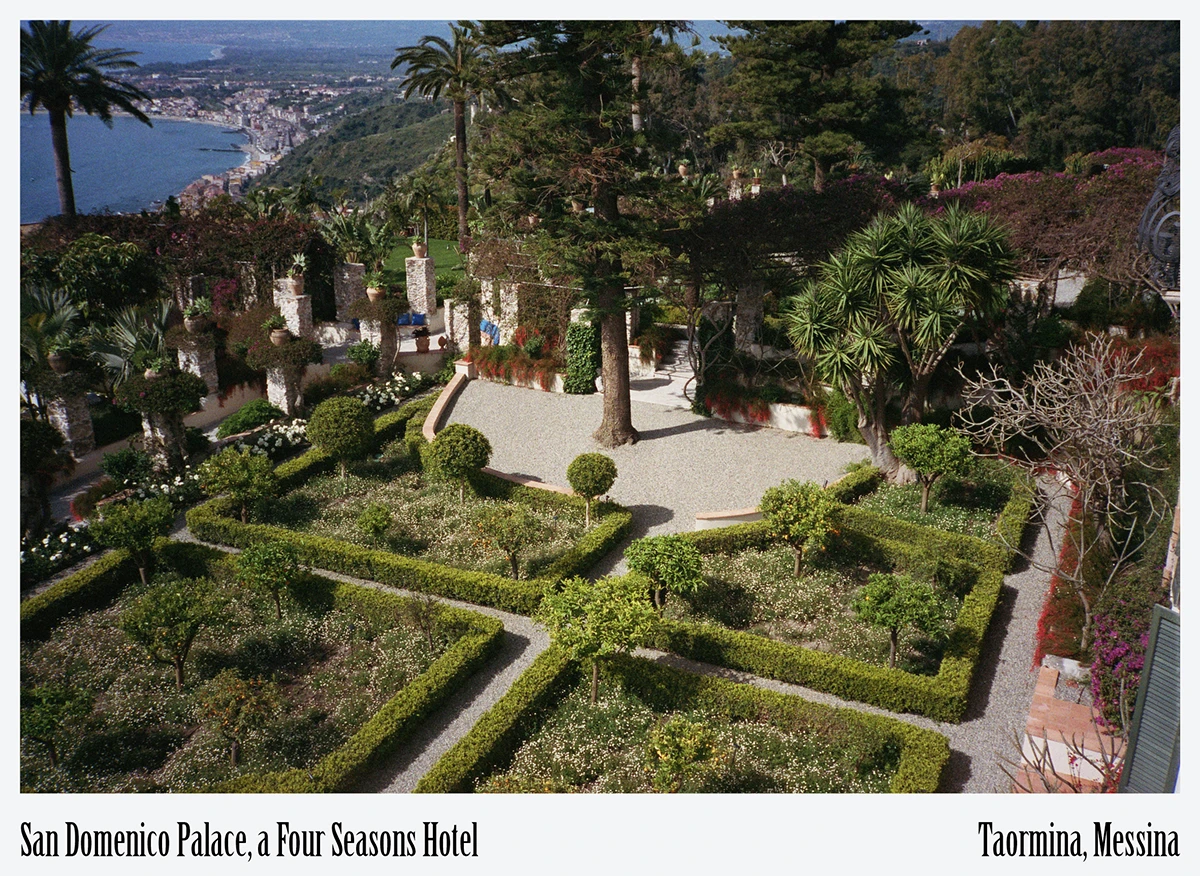

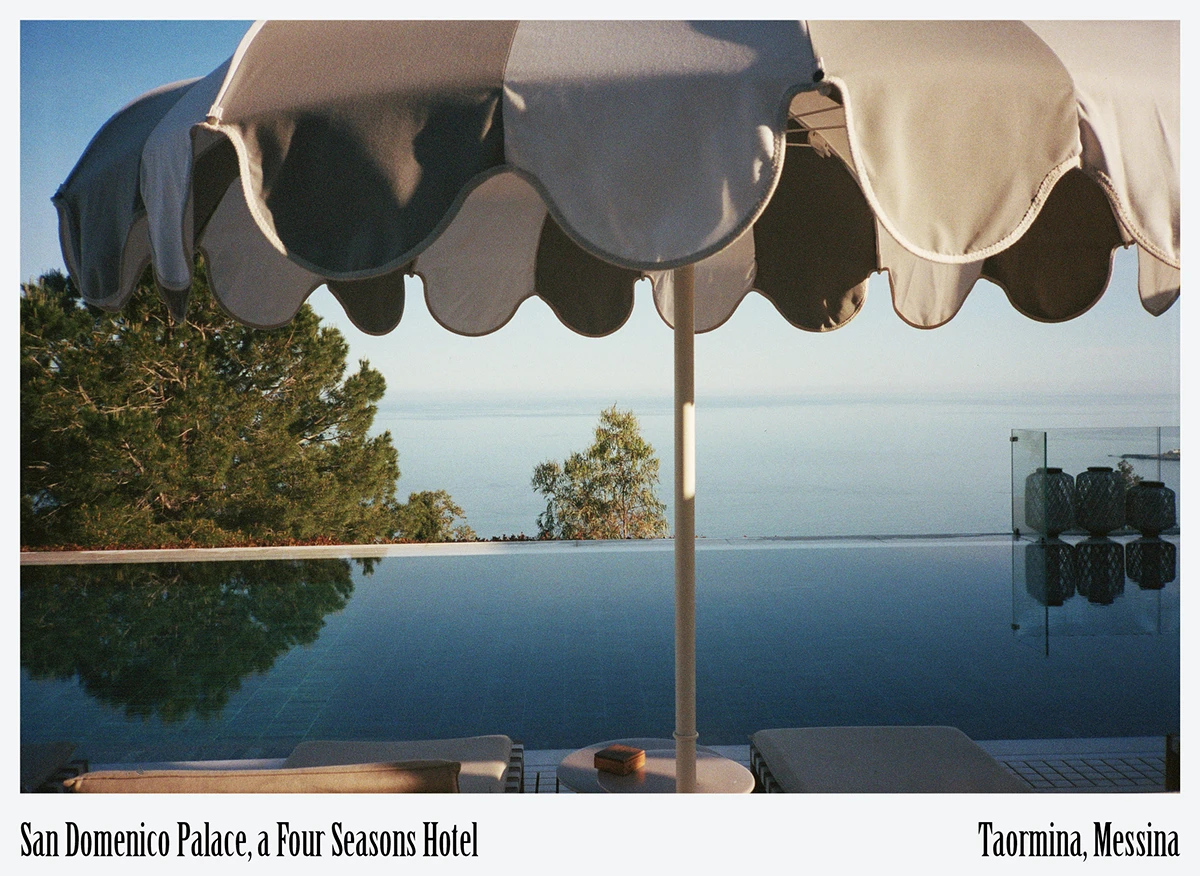
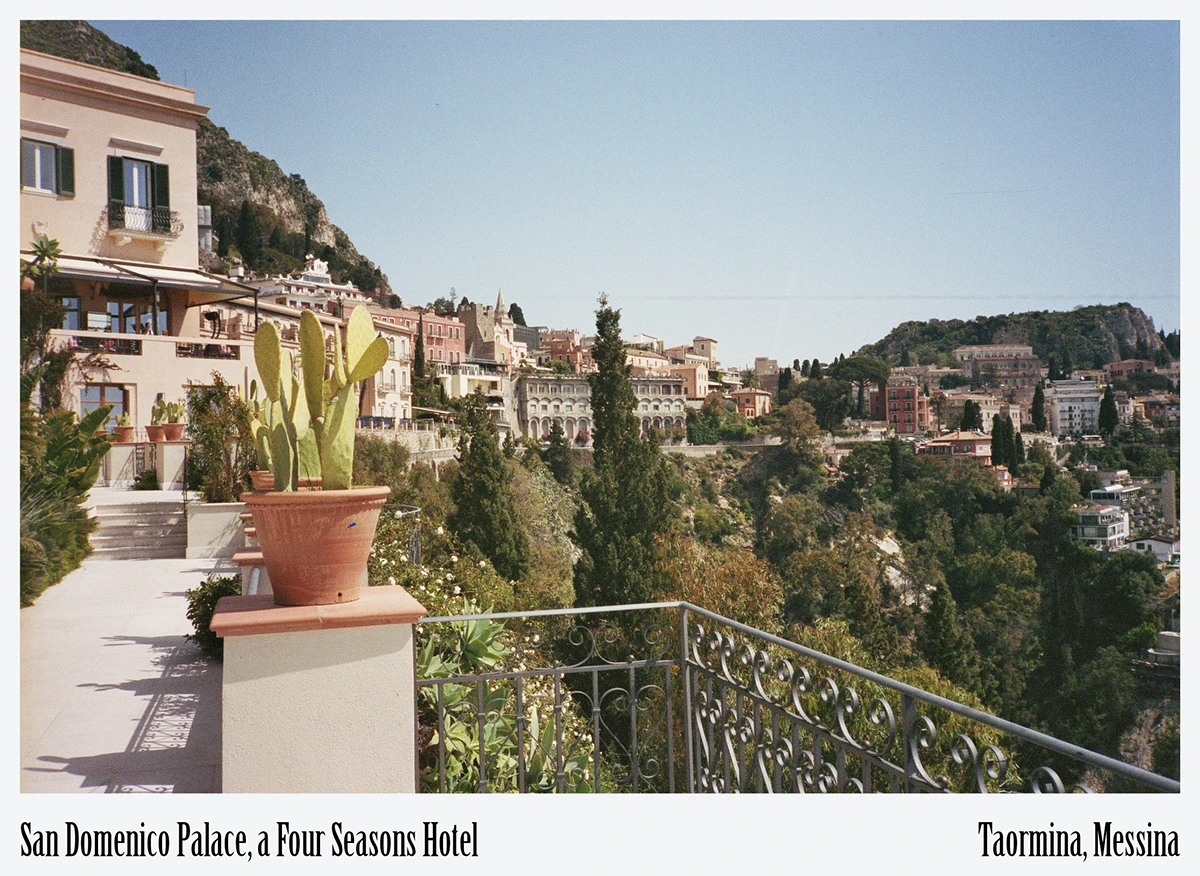
Sustainable tourism under architectural constraints
San Domenico Palace operates within a UNESCO World Heritage buffer zone. This status limits the type and visibility of any interventions. All structural modifications must be approved by regional authorities. Even the installation of signage or modifications to window frames require documentation and permissions.
Within this framework, the hotel has prioritized strategies that minimize visibility: rainwater collection, improved insulation, and gradual replacement of internal systems. Irrigation for the gardens is partially fed through stored rainwater, and further developments are in planning.
Suppliers are selected not only for product quality but for compliance with environmental and social standards. Contracts require documentation of sourcing practices. For food vendors, this includes production methods and seasonality. For textiles, it includes material composition and treatment declarations.
Rooms, structure, and operational memory
The rooms at San Domenico Palace reflect the architecture of the original convent. Walls are thick, corridors are narrow, and the light is controlled through shutters rather than automated systems. The spatial limits imposed by the building affect not only guest movement but also service operations.
Energy use is shaped by the building’s natural features. Thick stone construction provides passive insulation. Artificial lighting is limited in both intensity and coverage. Air conditioning is used sparingly, and systems are adjusted according to room occupancy. Every towel washed, light turned on, or item discarded becomes part of the hotel’s material record.
San Domenico Palace
San Domenico Palace is a historic hotel in Taormina, Sicily, housed in a former Dominican convent founded in 1374. Converted into a hotel in 1896, it retains original cloisters and monastic architecture. The property includes a hundred and eleven rooms and suites, renovated between 2017 and 2021. It is managed by Four Seasons and operates within heritage preservation and environmental sustainability frameworks.
Debora Vitulano
